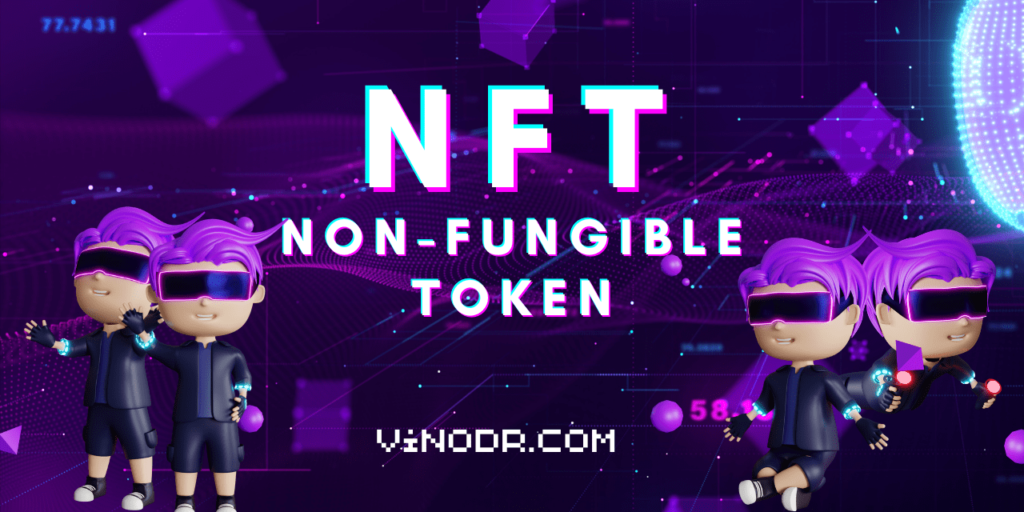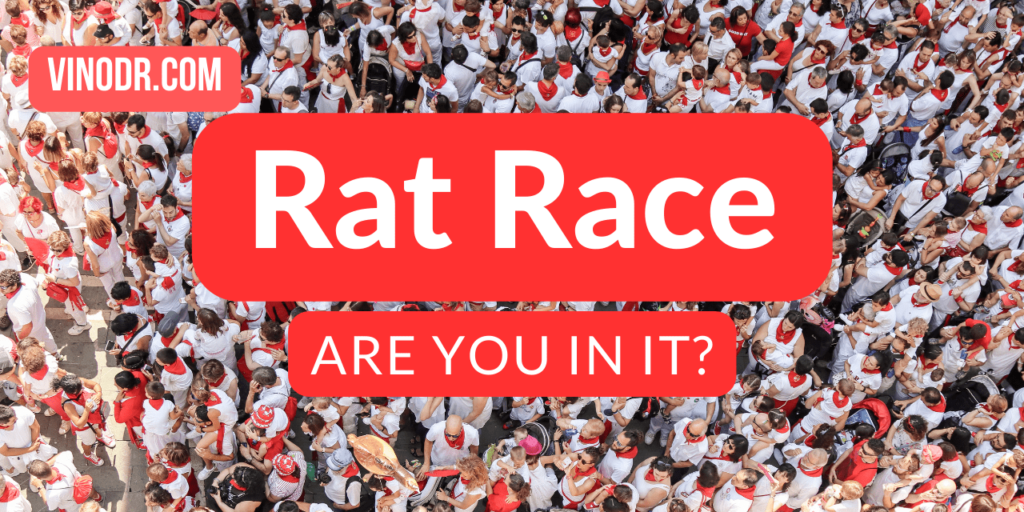Growth Mindset
Growth Mindset Should you have it? What is a Mindset? A mindset is a set of beliefs and attitudes that individuals hold about themselves, others, and the world around them. It is a mental framework that shapes how people perceive, interpret, and respond to events and experiences in their lives. Mindsets can be influenced by a range of factors, including upbringing, culture, education, and personal experiences. There are several types of mindsets that people can have. Some of the most common types include: Fixed mindset: This is the belief that abilities and traits are innate and cannot be changed. People with a fixed mindset may believe that their intelligence, talents, or abilities are fixed, and may be less likely to take on challenges, learn from their mistakes, or put in the effort to develop their skills. Growth mindset: This is the belief that abilities and traits can be developed and improved through effort, dedication, and practice. People with a growth mindset tend to be more open to feedback, willing to take risks, and more likely to embrace challenges and learn from their mistakes. Abundance mindset: This is the belief that there is enough success, resources, and opportunities to go around. People with an abundance mindset tend to be more optimistic and generous and may be more willing to collaborate and help others. Scarcity mindset: This is the belief that resources and opportunities are limited and scarce. People with a scarcity mindset may be more fearful and competitive and may be more likely to hoard resources and view others as threats. Fixed identity mindset: This is the belief that one’s identity is fixed and cannot be changed. People with a fixed identity mindset may be more resistant to new experiences, less likely to challenge their beliefs, and may be more likely to stereotype and judge others based on their identities. Growth identity mindset: This is the belief that one’s identity can be developed and changed over time. People with a growth identity mindset tend to be more open to new experiences, willing to challenge their beliefs and may be more likely to see the diversity and complexity of others. What is a growth mindset? A growth mindset is a mindset or belief system that individuals have about their abilities and potential. Those who possess a growth mindset believe that they can develop their skills and abilities through hard work, dedication, and perseverance. They view challenges and setbacks as opportunities for growth and learning, rather than as signs of failure. Individuals with a growth mindset are more likely to embrace challenges, persist through obstacles, and take on new opportunities to learn and grow. They are open to feedback, willing to take risks, and tend to be more resilient in the face of setbacks. Does everyone have a growth mindset? Not everyone has a growth mindset. Some people have a fixed mindset, which is the belief that abilities and traits are innate and cannot be changed. They may believe that their intelligence, talents, or abilities are fixed, and therefore they may be less likely to take on challenges, learn from their mistakes, or put in the effort to develop their skills. It is possible to develop a growth mindset through intentional effort and practice. By focusing on the process of learning and development, and embracing challenges and setbacks as opportunities to grow and learn, individuals can shift their mindset towards a more growth-oriented perspective. It’s important to note that having a growth mindset doesn’t mean that individuals will automatically be successful or achieve all their goals. However, it can lead to a more positive and productive approach to learning and development and may increase resilience and persistence in the face of challenges. Is it necessary that you should be having a growth mindset? It’s not necessary to have a growth mindset, but it can be very beneficial for personal and professional growth and development. it’s also important to recognize that everyone has different ways of thinking and approaching challenges, and some people may naturally have a more growth-oriented mindset than others. Some individuals may struggle with developing a growth mindset due to various factors such as past experiences or cultural background. Whether or not someone chooses to adopt a growth mindset is a personal decision. While it can lead to many positive outcomes, individuals should also be aware that developing a growth mindset takes effort and time, and it may not be the right approach for everyone. How can I change my mindset to a growth mindset? Changing your mindset to a growth mindset can take time and effort, but it is possible. Here are some steps you can take to develop a growth mindset: Recognize the difference between a fixed mindset and a growth mindset: Educate yourself about the differences between the two mindsets. Reflect on how you currently approach challenges and setbacks in your life and identify areas where you may have a fixed mindset. Embrace challenges: Start seeking out challenges and new experiences. Instead of avoiding difficult tasks, try to approach them with a positive attitude and view them as opportunities to learn and grow. Focus on the process: Shift your focus from the outcome to the process of learning and development. Celebrate your progress and effort, rather than solely focusing on achieving a specific goal. Learn from failure: Instead of being discouraged by failure, view it as an opportunity to learn and improve. Reflect on what went wrong and what you can do differently next time. Emphasize the power of yet: When you encounter a challenge or setback, remind yourself that you haven’t mastered that skill or task “yet.” This can help you maintain a positive attitude and keep working towards your goals. Use positive self-talk: Replace negative self-talk with positive and encouraging statements. Focus on your strengths and abilities, and remind yourself that you can learn and grow over time. Seek out feedback: Ask for feedback from others and use it as an opportunity to learn and










